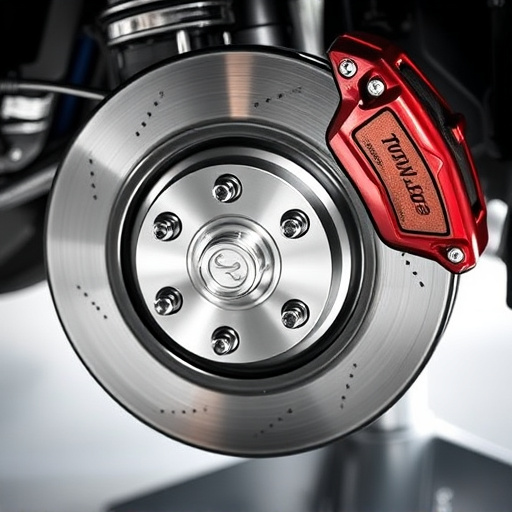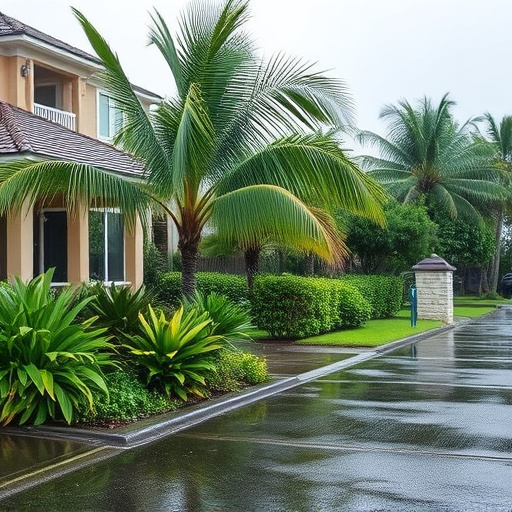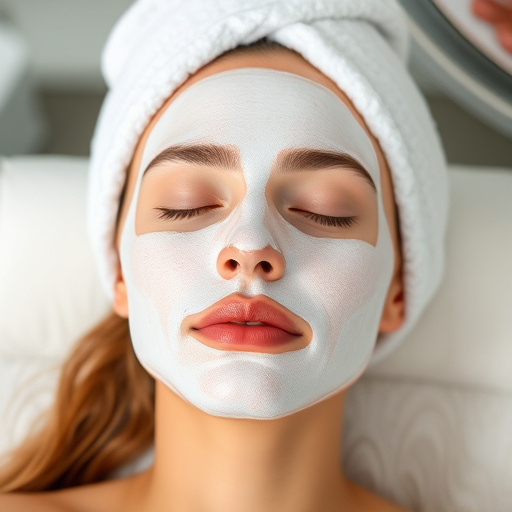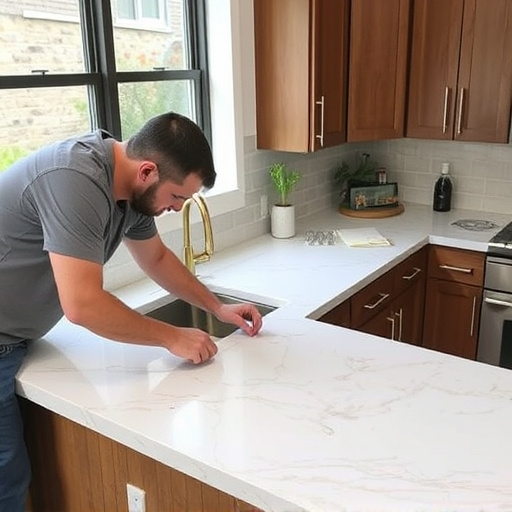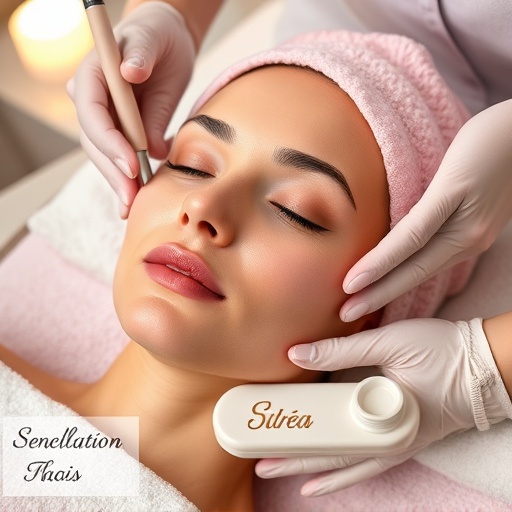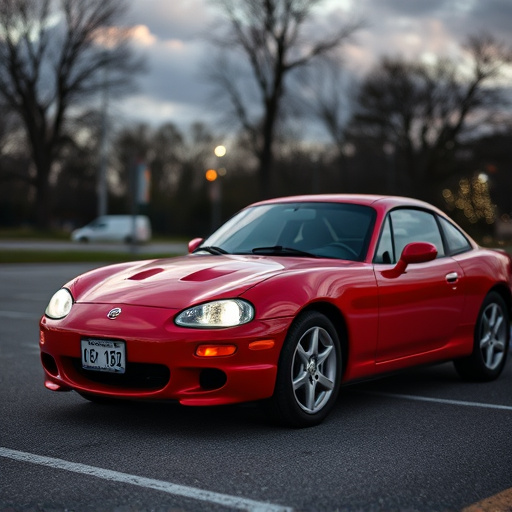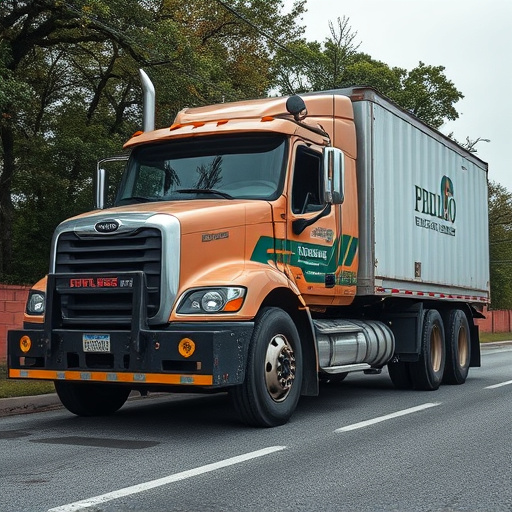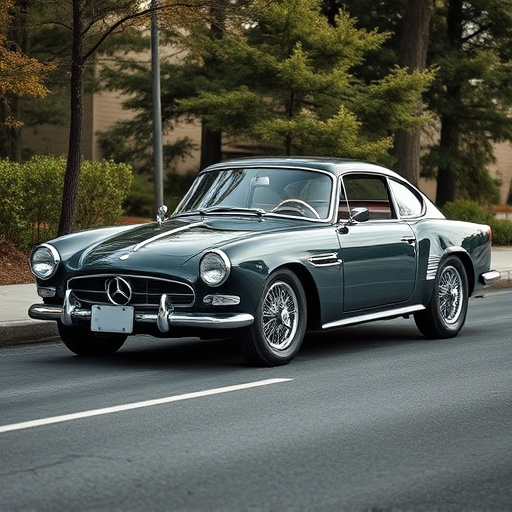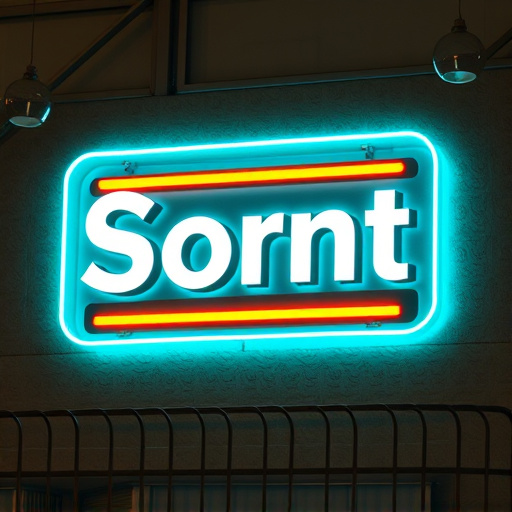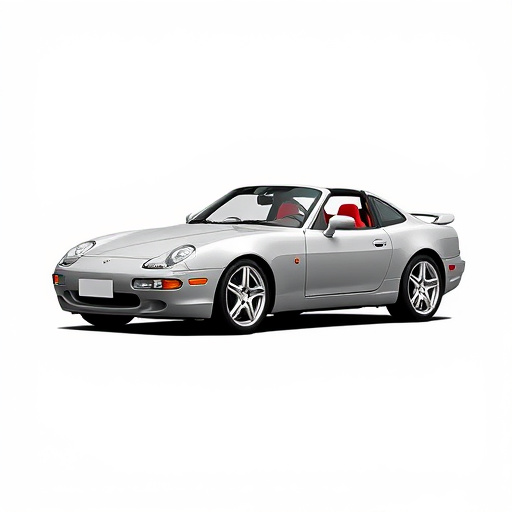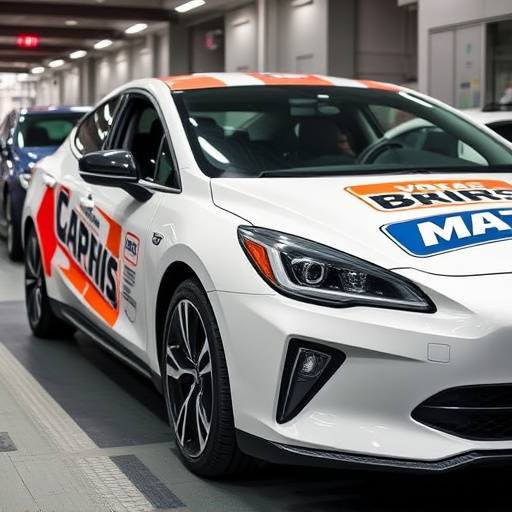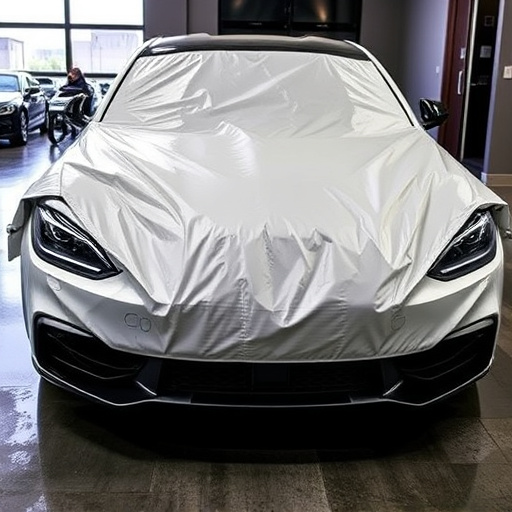Scratch-resistant coatings, essential for material protection, vary in type and application. Ceramic window tinting excels in scratch prevention and UV resistance, ideal for architectural glass and vehicles. Polyurethane offers durability, while silicone provides impact resistance. Choosing the right coating considers material compatibility, durability, transparency, and environmental factors. In automotive and commercial sectors, these coatings enhance aesthetics and protect surfaces from daily wear, maintaining quality over time.
Choosing the right scratch-resistant coating is pivotal for protecting surfaces, maintaining aesthetics, and ensuring longevity. This article guides you through the intricacies of understanding different scratch-resistant coatings, their applications, and key selection factors. From hard coatings like cerams and polyurethanes to softer options like waxes and polishes, each has unique benefits and use cases. Explore case studies highlighting successful implementations, empowering you to make an informed choice for your specific needs.
- Understanding Scratch Resistant Coatings: Types and Applications
- Key Factors to Consider When Choosing a Scratch-Resistant Coating
- Case Studies: Success Stories of Scratch Resistant Coatings in Action
Understanding Scratch Resistant Coatings: Types and Applications

Scratch resistant coatings have become essential in various industries where surface protection is paramount. These specialized layers are designed to safeguard against scratches, scrapes, and other forms of damage, ensuring longevity and aesthetic appeal. Understanding the types and applications of these coatings is crucial for making informed decisions, especially when it comes to sensitive surfaces like glass, metal, and automotive finishes.
One prominent type, ceramic window tinting, offers superior scratch protection while enhancing privacy and heat reduction properties. The application of a ceramic coating creates an invisible barrier on the surface, rendering it highly resistant to stains, scratches, and UV damage. This makes it ideal for architectural glass, automotive windshields, and even smartphone screens. Additionally, ceramic coatings are known for their ease of maintenance, requiring only simple cleaning routines to retain their effectiveness. Other materials, such as polyurethanes and silicones, also serve specific purposes with unique benefits. Polyurethane coatings, for instance, provide excellent durability and flexibility, making them suitable for high-traffic areas or applications needing impact resistance.
Key Factors to Consider When Choosing a Scratch-Resistant Coating
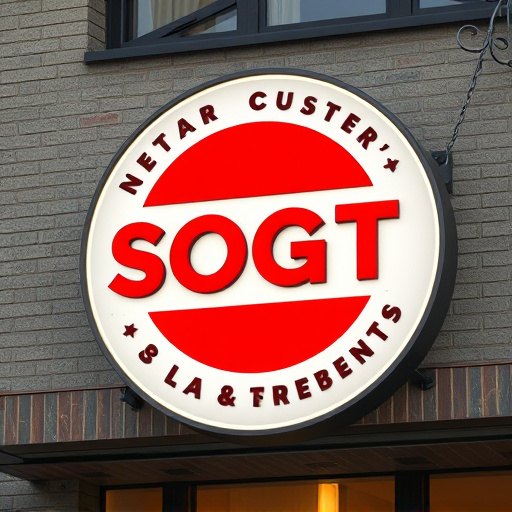
When selecting a scratch-resistant coating for your vehicle or other surfaces, several key factors come into play. Firstly, consider the scratch resistant coating‘s compatibility with your material. Different coatings are designed for specific surfaces like glass, metal, or plastic, ensuring optimal adhesion and performance. Secondly, the durability and hardness of the coating matter; higher-grade coatings offer better protection against everyday wear and tear. Look for products that have passed rigorous testing for scratch resistance and impact strength.
Additionally, think about the paint protection film‘s level of transparency, especially if aesthetics are a priority. Many top-tier coatings maintain a clear or nearly invisible finish while providing robust scratch resistance. Another consideration is the vehicle enhancement or vehicle wraps‘ ability to withstand environmental factors like UV exposure and extreme temperatures, which can degrade some coatings over time. Choosing a product with excellent longevity ensures your investment remains protected for years.
Case Studies: Success Stories of Scratch Resistant Coatings in Action
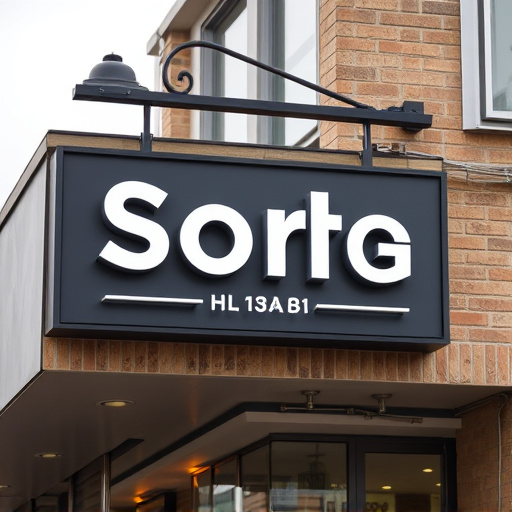
In recent years, numerous case studies have showcased the remarkable effectiveness of scratch-resistant coatings across various industries. One standout example is their successful implementation in automotive applications. Car manufacturers have been utilizing advanced ceramic window tinting technologies to enhance vehicle aesthetics and protect windshields from scratches and other damage. This not only improves the overall look of cars but also adds a layer of protection, ensuring high-quality finishes that withstand daily wear and tear.
Moreover, scratch-resistant coatings have found their place in commercial settings as well. For instance, in public transportation hubs, these coatings are applied to bus windows and train doors, preventing unsightly scratches from frequent passenger interactions. This has significantly improved the visual appeal of these vehicles, contributing to a more pleasant travel experience. Similarly, in retail environments, scratch-resistant displays have become a game-changer, allowing businesses to showcase products with confidence, ensuring they remain pristine and attracting customers’ attention.
When selecting a scratch-resistant coating, understanding your application needs and material compatibility is key. By considering factors like environmental impact, cost, and desired finish, you can choose the perfect type for lasting protection. Case studies demonstrate the transformative power of these coatings, showcasing their ability to preserve surfaces and enhance aesthetics across various industries. Remember, the right scratch-resistant coating isn’t just about prevention; it’s about investing in long-lasting, visually appealing solutions that protect your assets and elevate your brand image.
